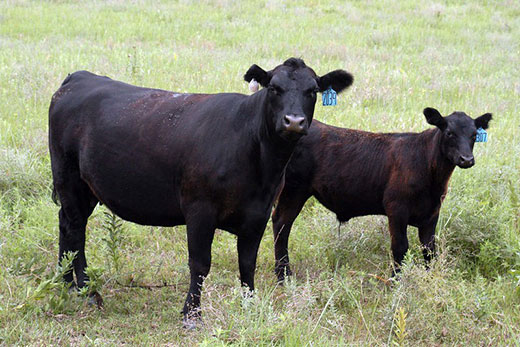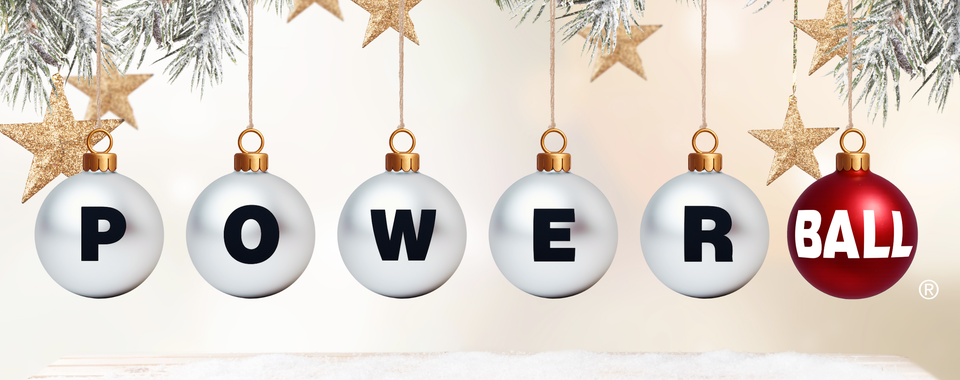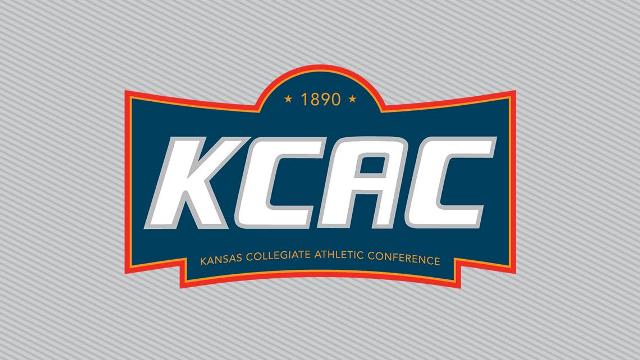Just as college students may feel anxious when they leave their homes and return to campus, fall is also a time when spring-born calves are separated from their mothers and stress ensues.
To minimize the stress felt by calves, the experts at Kansas State University’s Beef Cattle Institute offered several management strategies for producers to implement. Discussed on a recent Cattle Chat podcast the experts defined the term low-stress weaning.
“Low stress weaning refers to all the things we do to make it an easier transition from the cow-calf operation to the next step in the production system,” said Brian Lubbers, K-State veterinarian.
Veterinarian Bob Larson added that many producers follow the fence line weaning practice where the calves can still see their mothers through the fence but are unable to nurse.
“We want to promote familiarity and eliminate the novelty of the weaning process, and we do that by offering them feed in a pen while they are still with their mothers or have them drink from a water source like the type they will encounter after weaning,” said Brad White, veterinarian and BCI director.
Introducing Feed
Regarding feed, BCI nutritionist Phillip Lancaster said the type of feed that works best in the diets of calves transitioning from their mother’s milk is one they are familiar with.
“While they are still with the cow, we want to introduce palatable feeds and begin that transition to a mixed ration and free choice hay,” Lancaster said. “Good, palatable feed choices for calves are distiller’s grains and cottonseed hulls that stimulate intake.”
Lancaster said it is important to make sure the calves are consuming feed with an adequate protein content along with energy, vitamins and minerals.
Adding grain mix to the diet can come at a cost, White said, but it also reduces weight loss that most calves experience at weaning.
“Research has shown calves that are weaned 30 days prior to sale can earn a premium ranging between $3-$5 per hundredweight,” said Dustin Pendell, agricultural economist.
He added premiums are also paid through certified health programs that document vaccinations.
“Certified health programs have shown to offer producers a premium of $1-$5 per hundredweight on the calves,” Pendell said.
Building Immunity
The experts agree that keeping the cattle healthy through this time of transition is key and one way to do that is by helping the animals build their immunity.
“There are two ways calves acquire immunity: Either from the mother directly to the calf through the colostrum, or the calves get it through a natural infection or vaccination,” Lubbers said.
The timing of vaccinations often will depend on the management and marketing for the operation, Larson said.
“We know that calves closer to weaning age often have better immune response to vaccination than young calves,” Larson said. “But if we are trying to avoid having summer pneumonia run though the calves, we may need to give those preventative vaccinations around two months of age and then follow it with a booster shot closer to weaning.”
He added: “For cattle that are not going to be co-mingled with cattle from other herds at weaning, it is fine to give those vaccinations at the time of weaning when you are already working with the calves.”
The bottom line, White said, is to work with a veterinarian to develop a pre-weaning plan that fits best with the goals for the herd.
To hear more of this discussion, listen to the BCI Cattle Chat podcast online.



